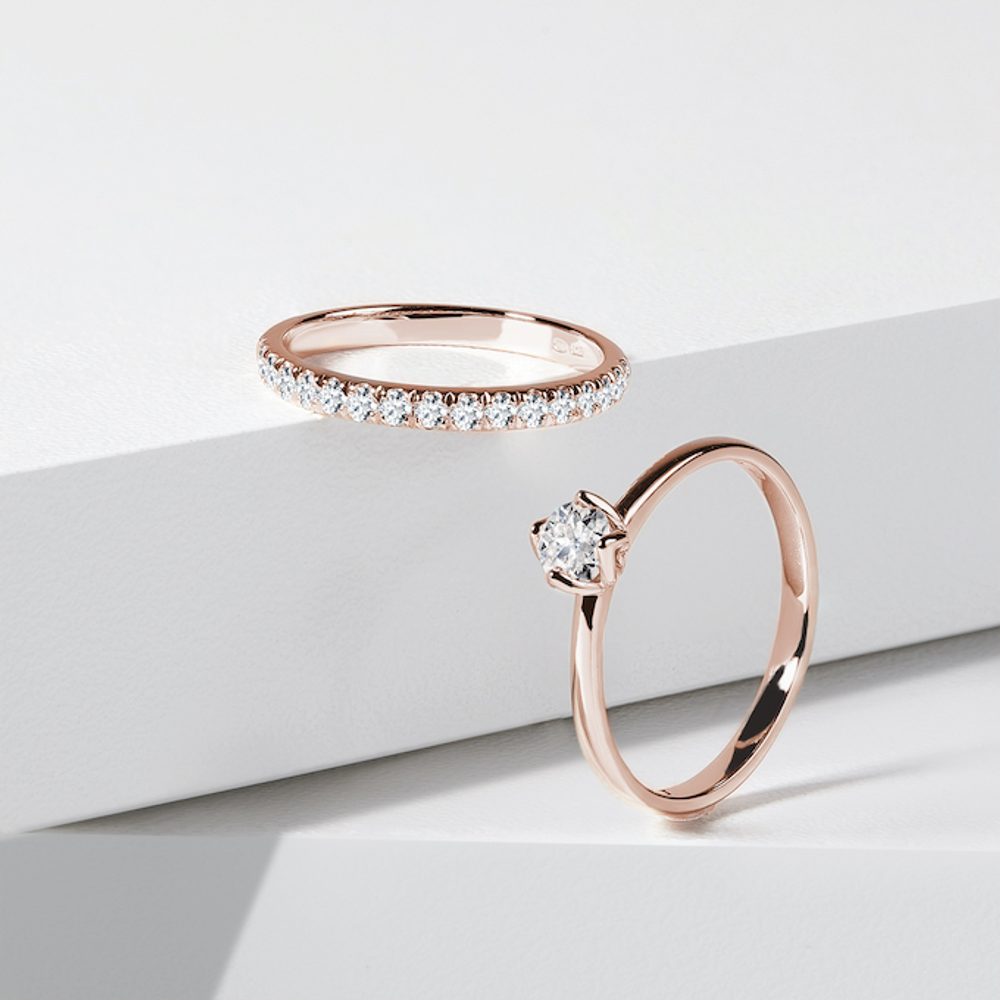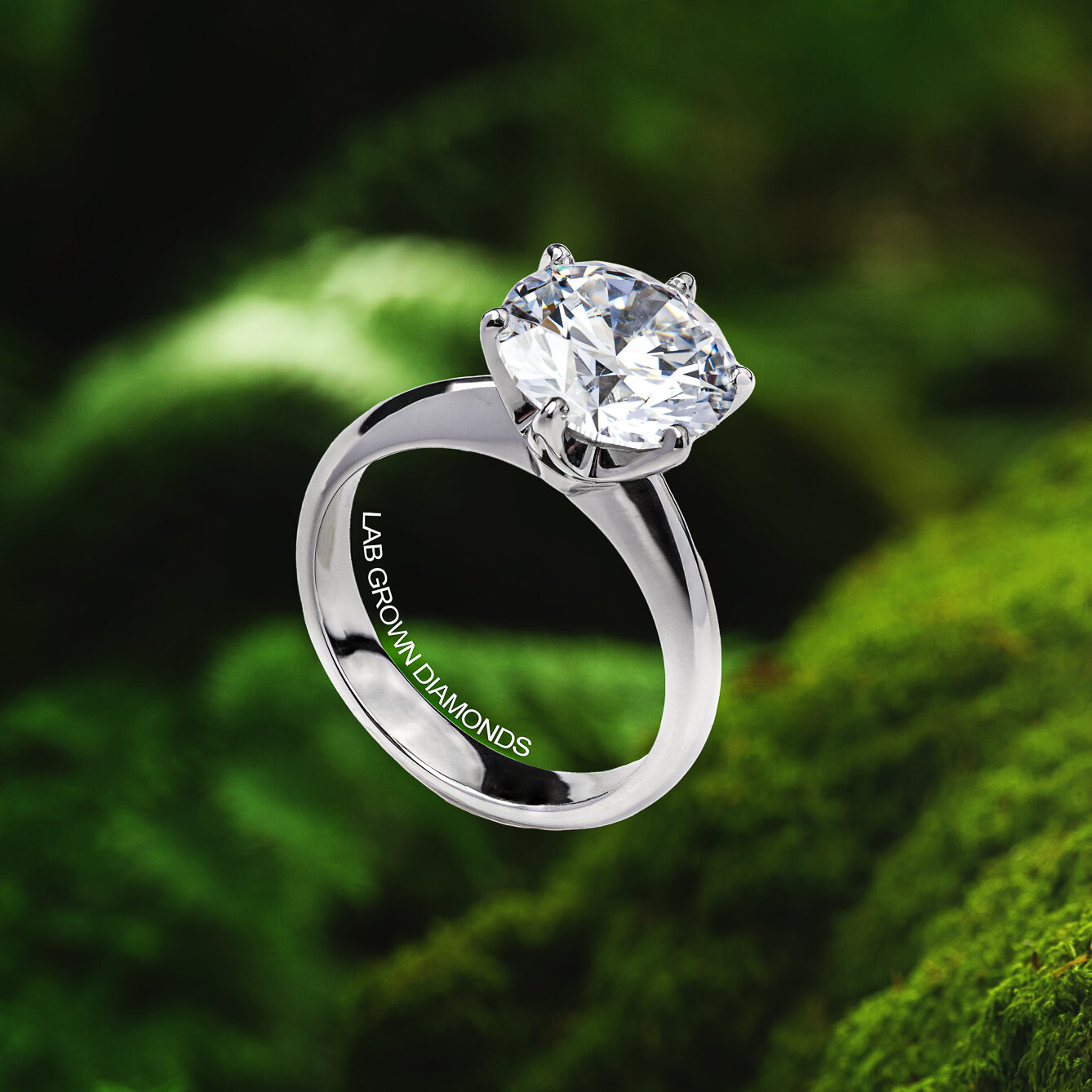While picking an engagement or wedding band, the choice among platinum vs gold lab diamond rings is often quite possibly of the main thought, especially when matched with lab-made diamonds. The two metals are dazzling and tough, yet they each have exceptional characteristics that make them reasonable for different inclinations and ways of life. Grasping the distinctions between platinum vs. gold lab diamond rings will assist you with choosing the ideal piece of gems that matches your style, financial plan, and day to day wear needs.
In this article, we’ll explore the critical qualities of platinum and gold with regards to lab-grown diamonds, and give experiences to assist you with pursuing the best decision for your ring.
What Are Lab-Made Diamonds?
Before diving into the examination among platinum and gold, it’s important to comprehend what lab-made diamonds are. Lab-grown diamonds are real diamonds made in a laboratory utilizing cutting edge innovation that repeats the regular formation process. They have a similar synthetic, physical, and optical properties as mined diamonds, making them indistinct to the unaided eye. The developing prominence of lab-grown diamonds originates from their moral, practical, and often more affordable characteristics contrasted with normal diamonds.
Presently, how about we explore how platinum and gold contrast when matched and lab-grown diamonds in engagement rings.
Platinum: A definitive in Extravagance and Strength
Platinum is one of the most sumptuous and tough metals available for fine adornments, particularly engagement rings. Its regular gleaming white sheen gives an exquisite, ageless look that impeccably supplements the brightness of lab-grown diamonds.
1. Sturdiness and Strength
Platinum is prestigious for its strength: It is denser and heavier than gold, which gives it a unimaginably solid and strong design. This makes platinum rings especially appropriate for the people who carry on with dynamic ways of life or who need a ring that can endure everyday wear over the long haul.
Protection from Mileage: Platinum is profoundly impervious to scratches and will hold its form after some time. In any event, when platinum scratches, the metal is just uprooted rather than lost, keeping up with the ring’s volume.
Life span: Because of its sturdiness, platinum engagement rings require less support and are less inclined to require fixes or resizing throughout the long term.
2. Hypoallergenic Characteristics
One of platinum’s greatest benefits is that it is hypoallergenic. This pursues it an ideal decision for people with delicate skin or aversions to metals like nickel, which is often found in gold compounds. Unadulterated platinum is an incredible choice for the people who need a ring that won’t cause skin bothering.
3. Extraordinariness and Worth
Platinum is quite possibly of the most uncommon valuable metal, which adds to its more exorbitant cost point contrasted with gold. Its shortage, joined with its toughness and magnificence, makes platinum rings more costly, yet they are viewed as a drawn out speculation.
4. Appearance
Platinum’s regular white color doesn’t stain or blur after some time, and it doesn’t need rhodium plating like white gold does. Its splendid, shimmering sheen supplements the lucidity and brightness of lab-grown diamonds, settling on it a superb decision for exhibiting the diamond’s fire and shimmer.
Contemplations for Platinum Rings
Value: Platinum is more costly than gold because of its unique case and thickness.
Weight: Certain individuals favor lighter metals for comfort, and platinum’s thickness gives it a heavier vibe contrasted with gold.
Gold: A Flexible and Immortal Decision
Gold has been utilized in gems for millennia and stays one of the most famous metals for engagement and wedding bands. Gold offers adaptability regarding color choices and styles, settling on it an engaging decision for those searching for both work of art and present day plans.
5. Kinds of Gold: Yellow, White, and Rose
Gold is available in a few different composites, each with its own one of a kind esthetic. The essential kinds of gold utilized in engagement rings include:
Yellow Gold: Exemplary and customary, yellow gold holds its warm, golden shade because of a combination of unadulterated gold with composites like copper and zinc. It supplements classic propelled plans and works delightfully with both colored and clear lab created diamonds.
White Gold: White gold is made by alloying unadulterated gold with metals like palladium or silver, giving it a gleaming white appearance like platinum. White gold rings are normally rhodium-plated to improve their sparkle and forestall yellowing over the long run. The cool tone of white gold coordinates carefully with the brightness of lab-made diamonds.
Rose Gold: Progressively famous lately, rose gold elements a soft, heartfelt pink tint made by mixing unadulterated gold with copper composites. Its warm tones add a special, rare appeal to present day engagement ring plans and make a delightful differentiation with lab-grown diamonds.
6. Solidness
While gold is softer than platinum, it stays a solid and solid metal, particularly when blended in with compounds to make 14K or 18K gold. Nonetheless, gold is more inclined to scratches and general wear over the long run contrasted with platinum.
14K vs. 18K Gold: 14K gold contains a higher level of composites (58.3% unadulterated gold) and is more solid than 18K gold (75% unadulterated gold), which is softer because of its higher gold substance. For engagement rings, 14K gold is often suggested for the people who need a harmony between toughness and wealth in color.
7. Affordability
Gold is by and large more affordable than platinum. While the cost shifts relying upon the karat and kind of gold, a spending plan well disposed choice offers a sumptuous look. White gold, notwithstanding, may require ordinary re-plating with rhodium to keep up with its shimmering sparkle, adding to the drawn out support costs.
8. Appearance
Gold is amazingly adaptable with regards to appearance. Whether you pick the exemplary shine of yellow gold, the cutting edge class of white gold, or the heartfelt blush of rose gold, every choice gives a different esthetic that upgrades the magnificence of lab-grown diamonds.
Contemplations for Gold Rings
Hypersensitive Responses: Gold amalgams, especially white gold, may contain nickel, which can cause unfavorably susceptible responses for certain people.
Support: White gold rings require rhodium plating at regular intervals to keep up with their radiant white appearance, adding to their upkeep.
Platinum vs. Gold: Which Metal Is Best for Lab Diamond Rings?
While choosing platinum and gold for your lab-grown diamond ring, the decision relies upon a few factors, including your way of life, esthetic inclinations, and financial plan. Here is a correlation of key contemplations:
Conclusion: Platinum or Gold for Your Lab Diamond Ring?
The decision among platinum and gold for your lab-grown diamond ring eventually descends to your own inclinations and way of life. In the event that you’re searching for a ring that is especially strong, hypoallergenic, and low upkeep, platinum is the best decision, offering extravagance and life span. Notwithstanding, on the off chance that you lean toward flexibility in color and a more spending plan cordial choice, gold — whether yellow, white, or rose — gives dazzling conceivable outcomes to an immortal, tweaked ring.
Both platinum and gold are superb choices for exhibiting the splendor of lab-made diamonds, giving you the opportunity to pick a ring that mirrors your singular style and values.




